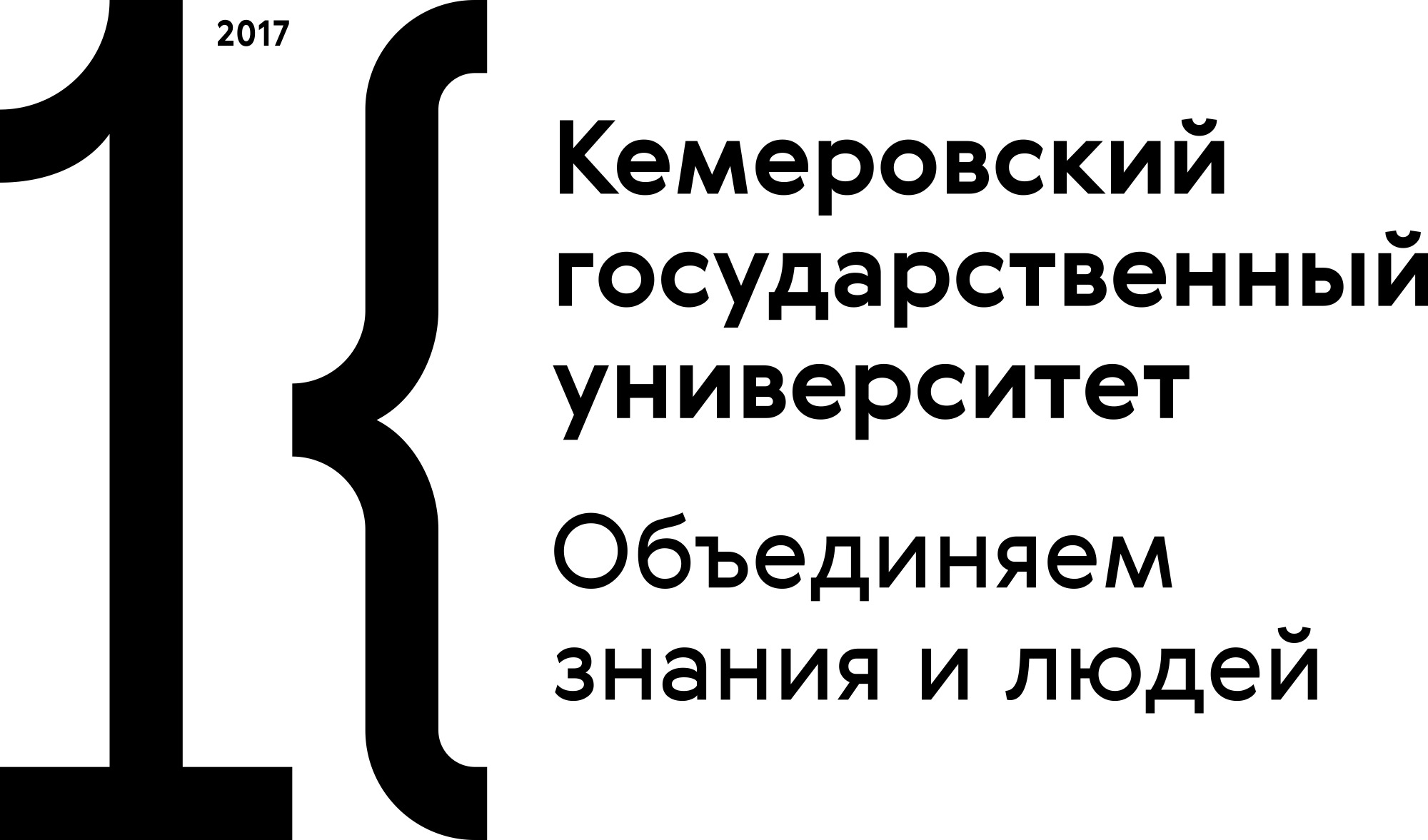By using the method of geometric morphometry, the article analyses the main directions of shape variability of dentale and lower molars in Palearctic shrews: Sorex araneus, S. caecutiens, S. daphaenodon, S. isodon, S. roboratus, S. tundrensis, S. alpinus, S. asper, S. buchariensis, S. mirabilis, S. raddei, S. volnichini, S. unguiculatus, S. minutes, S. minutissimus, S. gracillimus, S. satunini, Neomys fodiens, Crocidura suaveolens, C. lasiura, C. leucodon, C. sibirica. It is established that intergenus and interspecies differences are poorly expressed in the shape of a dentale. There are three major ways of modifying the shapes of dentale in shrews: (i) massive high proc. coronoidens and low short proc. condiloideus (S. araneus from Altai mountains, S. daphaenodon, S. asper, S. raddei) (ii) low proc. coronoidens and long massive proc. condiloideus (S. roboratus, S. mirabilis, S. alpinus, S. unguiculatus of Sakhalin island, «minutes», N. fodiens (iii) high massive proc. coronoidens and push back proc. condiloideus (Crocidura except leucodon). It is shown that all the variants help to achieve equal morphological and functional effect. Intraspecies variation of the shape of the mandible is reduced to its transformation in according to one of the scenarios mentioned above.
geometric morphometry, mandible, Sorex, Neomys, Crocidura















